November 10 2025, Marcus Schenk

Still searching for the perfect gift? It’s not that easy, is it? Yet, every year this question sneaks back into our minds.
What if you didn’t have to worry about this at all this time? Just take a look at our gift page. You will find countless ideas for big and small astronomers there – and for those who want to become one.
Gifts for Astronomy Beginners: Useful gifts for getting started in Astronomy
Gifts for Hobby Astronomers: Even expert stargazers love to receive gifts!
Gifts for Nature Enthusiasts: Binoculars for observing birds and other animals
Gifts for Children and Teens: Ideas for young nature enthusiasts
Special Gifts: Looking for something extraordinary or particularly elegant?
Gifts for Hobby Microscopists: For everyone who loves discovering the world in miniature!
Get inspired and discover the most beautiful gift ideas!
Tags: telescope, gift idea
Posted in Sale
»
November 1 2025, Stefan Taube
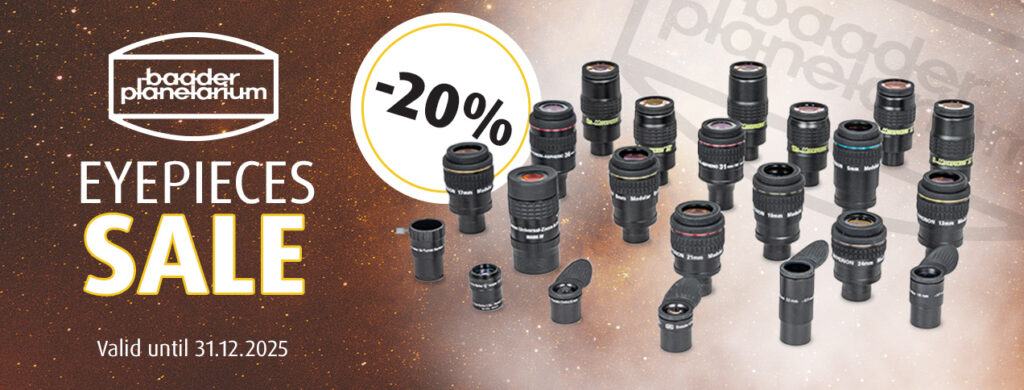
The German manufacturer Baader is currently offering its three large eyepiece series with a 20% discount! These are the eyepieces of the series
The right eyepiece for every observer:
- The Classic Ortho/Plössl eyepieces are ideal for observing the sun, moon and planets and are the first choice for beginners!
- The Hyperion eyepieces are real all-rounders with a 68° field of view and among the best selling eyepieces ever!
- The Morpheus are the latest development from Baader. They impress with a generous eye relief of around 20mm and a 76° field of view!
You can find all eyepieces here in the shop. The offer is valid only until 31 December 2025 – take advantage of it now!
Tags: Eyepiece, Baader
Posted in Sale|Sale
»
October 9 2025, Stefan Taube
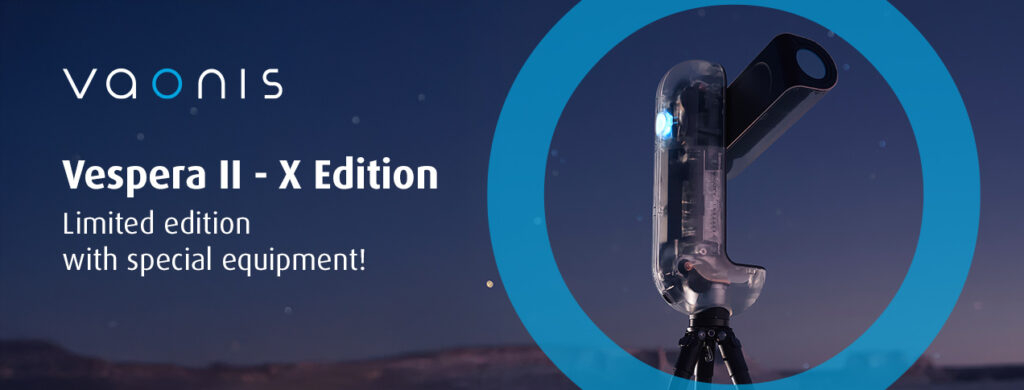
French manufacturer Vaonis has nothing to hide and shows just how much fascinating technology is packed into the Vespera II smart telescope!
The Vespera II – X Edition is a limited premium edition. The transparent casing reveals the precise mechanics, sophisticated optics, and advanced product design.
The X Edition also offers:
- Integrated hygrometer: protects the optics from dew
- Hard-shell case for safe transport
- Carbon tripod: lightweight and stable
Please note: limited quantities available! Secure your Vespera II X Edition now! Only while stocks last!
Tags: Teleskop, telescope, Vaonis
Posted in New Products
»
October 1 2025, Stefan Rieger

We are clearing our warehouse, so from 1 October to 27 November 2025, you will receive a 20% discount on all Fjäll Räven items in stock.
Come and take a look! But please note: this offer is only valid while stocks last and until 27 November 2025!
Tags: Clothing, Fjäll Räven, Outdoor
Posted in Sale|Sale
»
October 1 2025, Marcus Schenk
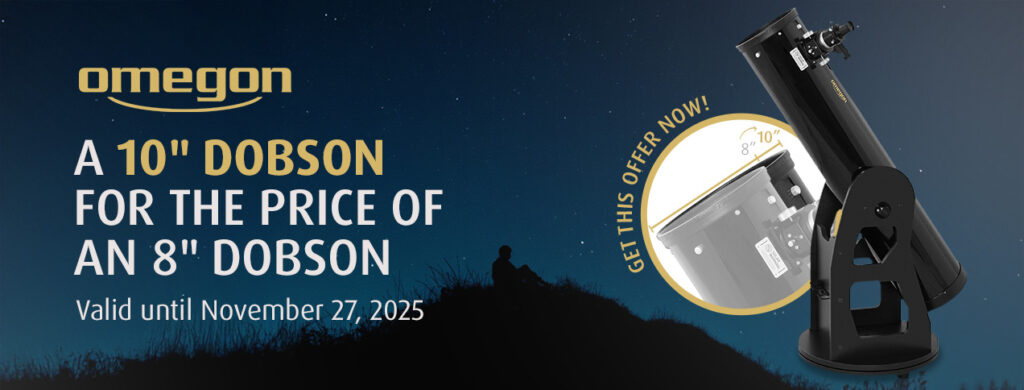
Only from October 1 to November 27, 2025: Now you can get the Omegon Advanced Dobson N 254/1250 at the price of the smaller 8-inch model.
That means: More aperture, more light and more deep sky. With a 254 mm mirror, you can see faint galaxies, nebulae and star clusters much better. The telescope is easy to use and ideal for anyone who simply wants to see more.
Secure this great offer now – only while stocks last.
Tags: telescope
Posted in Sale|Sale
»
September 30 2025, Marcus Schenk
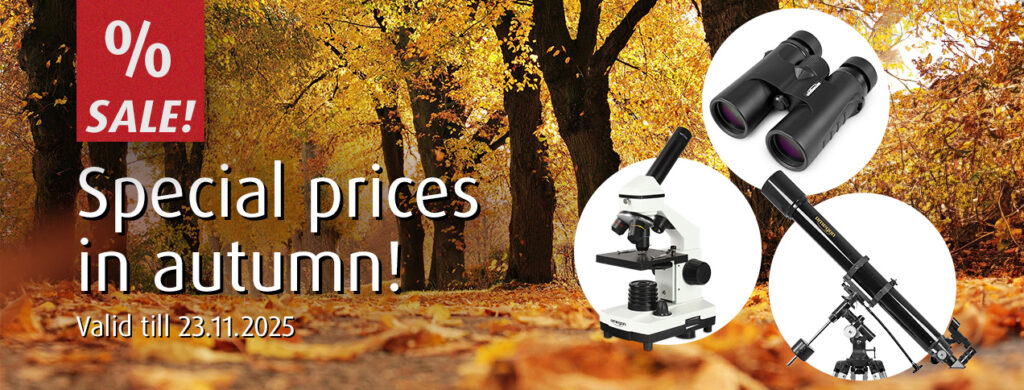
The leaves and prices are falling this autumn!
You can find our colorful selection of special offers here in the shop. Get them now!
The offer is valid from September 30rd to November 23th, 2025 and only while supplies last!
Tags: Sale
Posted in Sale|Sale|Sale
»
September 18 2025, Stefan Taube
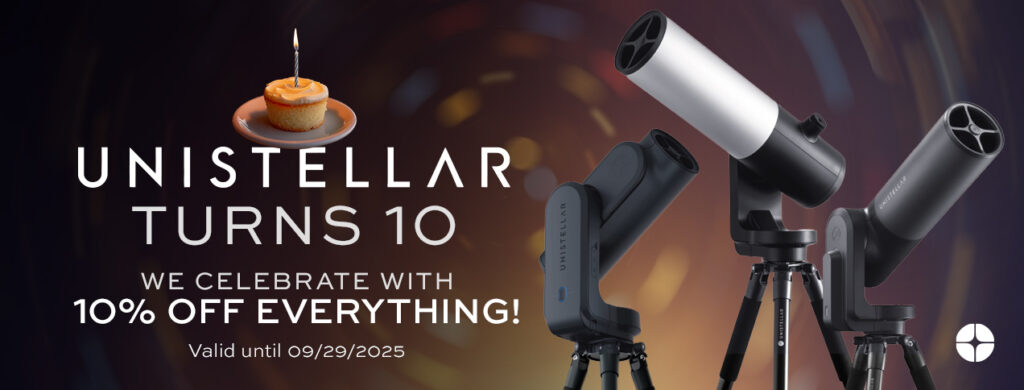
Are smart telescopes a good idea? Ten years ago, the answer was still unclear. Unistellar was one of the first suppliers of these user-friendly telescopes and can now look back on ten years of experience and development. Unistellar has clearly answered this question with a resounding yes!
Take advantage of the anniversary and benefit from a 10% discount! You can find all items here in the shop.
The offer is only valid until 29 September! Get yours now!
Tags: Teleskop, telescope, Unistellar
Posted in Sale
»
September 15 2025, Marcus Schenk
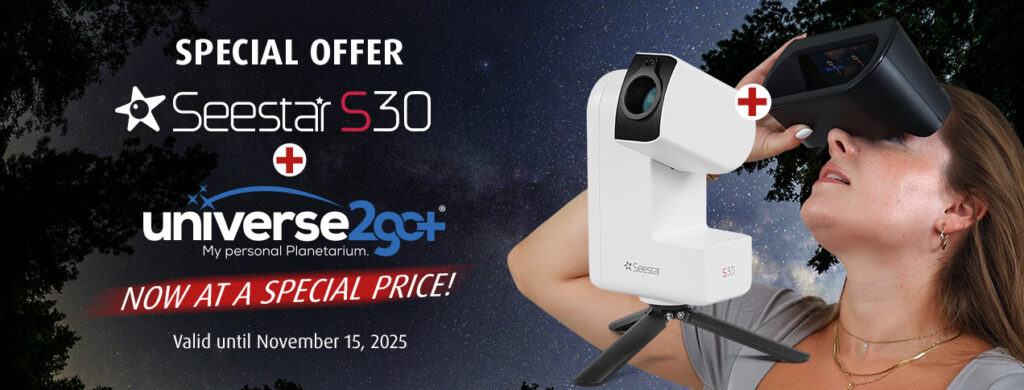
There’s a great offer now for all stargazers: The smart ZWO Seestar S30 together with the Omegon Universe2go+ handheld planetarium together in one affordable set!
Experience the sky in two ways: With the Seestar S30, you can explore deep-sky objects via app control, while the Universe2go+ puts the starry sky right into your hands. Two perfect companions, one special price.
Act now: Offer valid only until 15/11/2025 and only while stocks last!
Tags: ZWO, universe2go, telescope, smart telescope
Posted in Sale
»
September 1 2025, Stefan Taube
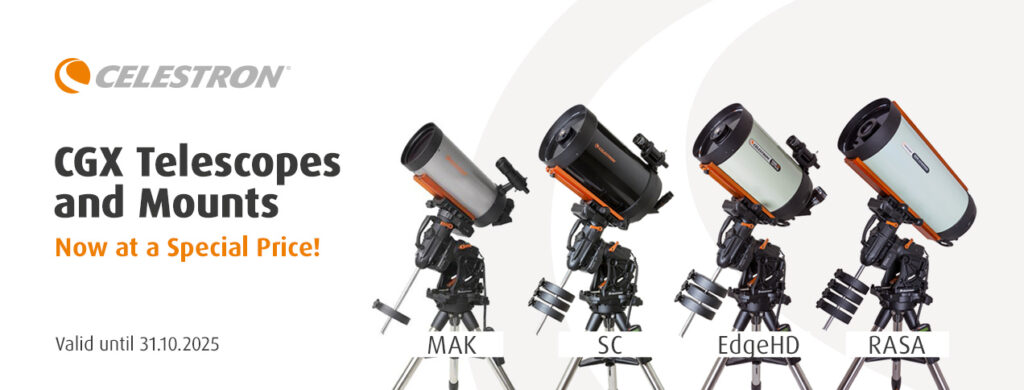
We are now offering the Celestron CGX astronomical mount at a special price!
We are also reducing the prices for all Celestron CGX telescopes accordingly.
You can find the mount and telescopes here in our shop. This offer is only valid until 31 October 2025, so act now!
Tags: Mount, Celestron, Montierung, telescope
Posted in Sale
»
September 1 2025, Stefan Taube

Take advantage of a 20% discount on Optolong brand filters!
Promotion period: 1 September – 31 October 2025. Act now!
Tags: filters, optolong
Posted in Sale
»










